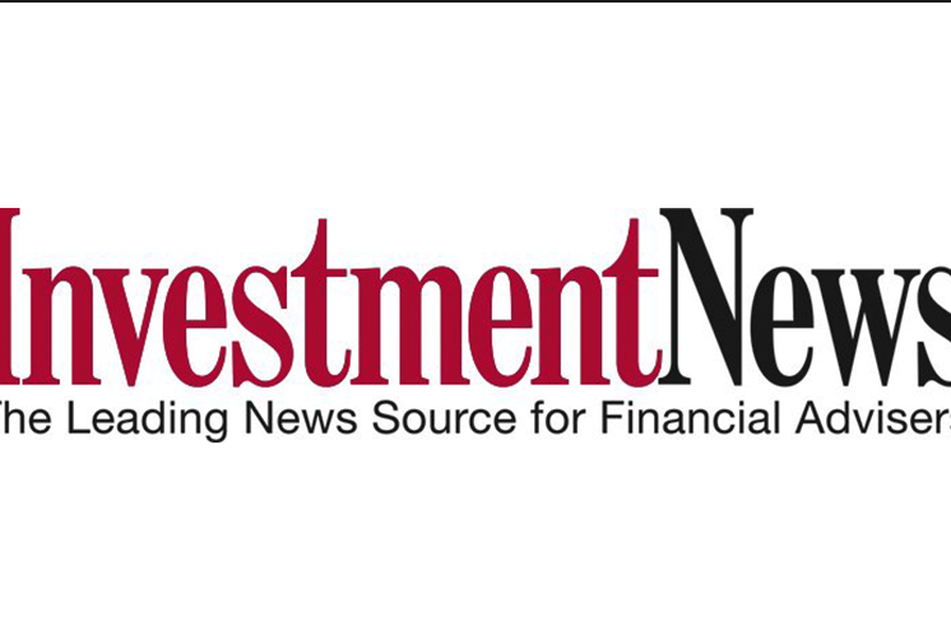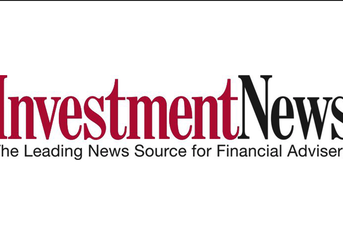Taxes, fund costs can chew up 87% of an investor’s long-term return

The dynamics of the financial markets have changed radically. While in hindsight it now appears obvious that stocks were a screaming "buy" in 1950, our parents, who had suffered through the Great Depression, were not only worried about a recurrence but lacked the wherewithal to invest.
Indeed, after the buildup of our national economy during World War II, many pundits were still expecting a serious recession – or worse. Today, on the other hand, fear is conspicuous only by its absence.
In that earlier atmosphere of caution, the 8.7% dividend yield on stocks was at its historic peak. By contrast, in today’s ebullient atmosphere, the stock yield is at its historic low – a skinny 1.1%. That’s an 85% drop in yield that has resulted from the 70-fold rise in stock prices in the face of a mere 11-fold increase in dividends.
Then, bonds, the traditional alternative to stocks, yielded 2.6% – one third of the stock yield. Now bonds yield 7.2%, six and a half times the stock yield.
As investors look ahead from this perspective on the past, the most important thing we must realize is that it will be difficult for stocks to do it all over again.
It is not merely that the past is not prologue but that today’s circumstances virtually preclude the past being prologue.
To understand why, we need only understand the simple mathematics that drives stock market returns.
The total return on stocks is the simple product of their investment return plus their speculative return. Investment return consists of the dividend yield on stocks plus the annual rate of earnings growth. Speculative return is the change in the price investors are willing to pay for each dollar of earnings (the price-earnings ratio).
For example, if investors decided overnight that stocks were worth not 15 times earnings but 20 times earnings, stock prices would immediately rise by 33%. If that rise were spread over a decade, it would add slightly less than 3% a year to the investment return.
So if the investment return were 8% (say, a 3% stock yield combined with 5% annual earnings growth), a rise in the p/e ratio to 20, from 15, would add a speculative return of 3%, bringing the total return on stocks to 11% for the decade.
Each of these components – dividends, earnings and the p/e ratio – makes a profound difference in what returns stocks provide to investors, a difference dramatically enhanced by compounding.
How dramatic? Wow! Consider the past half-century. The 13% annual return that stocks provided – the highest in U.S. history – reflected a dividend yield of some 4% and annual earnings growth of 6%, for a total investment return of 10%. An investment of $1,000 in the Standard & Poor’s 500 stock market index in 1950 would be worth $515,000 today.
The extra 3% per year reflected a speculative return born of an increase in the p/e ratio from seven times to 30 times, spread over the period. The value added by that soaring multiple was hardly inconsequential. Indeed, absent the 3% speculative return, that $515,000 of wealth created by the 13%-plus compound market return would have been just $135,000.
Put another way, that reversal of fortune in speculation, from fear to hope – or even greed – was responsible for $380,000 of the $515,000 gain.
Given the mathematics of the marketplace, it will be extremely difficult for the past as prologue.
Consider each of the elements of return: Today’s dividend yield is just over 1%, a fraction of the average of 4% since 1950.
For the investment return to reach 10%, then, the rate of annual earnings growth would have to increase to 9%, from 6% – a 50% increase that, while not inconceivable, is far from assured.
Yes, I know we’re living in a new era of technology, communications and science. But corporations remain subject to competition, regulation and change – now more than ever, radical change in the way we Americans live – to say nothing of the serious challenges posed by globalization. The world remains an uncertain place.
What is more, to add another 3 percentage points of speculative return to reach the 13% annual total return of the past would require a rise of another 33% – to 40, from 30 – in today’s p/e ratio over the next decade. (I’m not sure that looking out to the year 2050 would be all that helpful.)
Possible? Certainly. In the stock market, anything can happen.
Likely? I don’t think so. Consider that prior to 1995, the p/e had never exceeded 24 times.
And whenever they approached 24 times – at the market’s highs in 1929, 1973 and 1987 – a major bear market shortly followed. So it seems a bit of a stretch to look for further increases from today’s p/e of 30 times.
And were the ratio to recede to 20 times – a traditional sign that stocks were high – the -4 percentage points of speculative return engendered by such a retreat would reduce my earlier, rather optimistic projection of an investment return of 10% over the next 10 years to a market return of just 6%, well below the yield available on investment-grade bonds today.
Yes, I know that the odds are against it. After all, bonds have produced higher returns than stocks in only six of the past 60 10-year periods and in just one of the past 100 25-year periods. Nonetheless, the stock market is not an actuarial table and never will be one.
Whether future returns on stocks will fall short of the bountiful returns of the past half-century or whether they will equal or even exceed them, please bear this critically important fact in mind: The financial markets are not for sale, except at a high price.
The stock market returns I have presented to you reflect the returns on the S&P 500, absent investment costs and taxes. They thus reflect the entirely theoretical possibility of cost-free, tax-free investing.
But when we consider the inevitable costs of investing, reality bites theory. The net return of all investors as a group must fall short of the gross return of the market by the amount of their costs.
Then beating the market becomes a loser’s game.
The impact of cost is not merely large; it is enormous!
Remember that 13.3% additional return generated by the S&P 500 since 1950? Well, if we assume that a mutual fund earns the same 13.3% on its portfolio (and in fact the average fund seems to earn just about what the market earns) but carried total costs very conservatively estimated at 1.8% per year, the return would have been reduced to 11.5%.
And if we assume, again very conservatively, that federal and state taxes on the typical tax-inefficient fund would have consumed at least another 2.8% per year, the fund’s after-cost, after-tax rate of return would have been reduced by 4.6% per year to just 8.7%, less than two-thirds of the market’s annual rate.
But of course these are annual returns. Compounded over the years, costs take a far greater toll.
After investment costs only, that figure shrinks by nearly 60%, to $230,000. And after estimated taxes, that total in turn is reduced to just $65,000, leaving the investor with, not 40% of the market’s return, but just 13%. Astonishing!
Given that mutual funds have been plagued by high management costs, high turnover costs, high opportunity costs and profligate tax inefficiencies, how is it that the fund industry could become the darling of the financial services field?
The fund industry has come of age in an era of exuberant markets. Yes, with the 17% annual market return of the past 15 years, the average fund has produced a pretax return of only 15%. But 15% ain’t bad.
Some 40% of mutual fund assets are held in tax-deferred savings plans, and returns are not affected by taxes in these plans until investors retire.
Imagine that young investors became aware that a 50-year investment horizon is actually relatively short. (If you begin investing at age 25 and retire at age 65 with a 20-year life expectancy, that’s 60 years.) Then imagine that they were informed of the 87% reduction in wealth I’ve just shown you.
Surely fund shareholders would then realize not only that cost matters, but how much cost matters over the long run.
Excerpted from an October speech before the Town Hall of Cleveland by John C. Bogle, the founder and chairman emeritus of the Vanguard Group in Malvern, Pa.
Learn more about reprints and licensing for this article.





